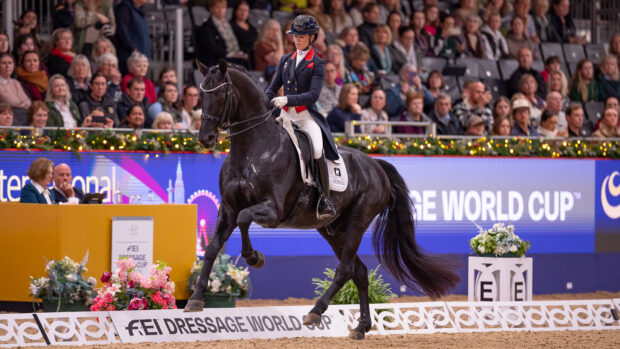The old stereotype of hot-headed chestnut mares is unfounded, according to new research.
Chestnut horses are no more likely to be naughty than bays, reveals the study carried out in Australia.
Scientists led by Brandon Velie examined the behaviour traits of 477 horses to see if there was a relationship between coat colour and reactions.
The team ran an online questionnaire asking owners 90 questions about their horses’ behaviour.
The results, just published in the journal Applied Animal Behaviour Science, “clearly refuted the notion of crazy chestnuts.”
They showed the chestnuts were no more likely to display bad behaviour – rearing, biting, kicking or bucking – than bays.
The only time chestnuts were more likely to display poor behaviour was when they had their feet picked up by a stranger.
But the study did suggest chestnuts were bolder than horses of other colours.
“The current results suggest that chestnut horses are more likely to approach objects and animals in their environment, regardless of their familiarity,” reported the study team.
The researchers said this was worth noting as before domestication, most horses were bay. The increase in coat-colour variability is widely considered a direct consequence of domestication.
The study suggests that the boldness differences between bay and chestnut horses may have led to the perception that chestnuts can be tricky.
“Chestnut horses may seem ‘crazy’ simply because they get themselves into situations that tend to be more frightening or dangerous,” the researchers suggest.
The findings suggest a plausible link between melanin-based colouration and behaviour, but the theory that chestnut horses are more inclined to behave badly is not supported.
Related articles:
- 12 things you’ll almost certainly know if you have a chestnut mare
- Scientists identify chestnut horse gene
- Pony Mad Mum’s blog: outwitted by a feral chestnut mare
Future studies would benefit from greater sample sizes and genetically testing each horse to determine its coat colour genes.
“The stereotype that all horses of a particular coat colour show certain behaviours can alter the perception of the horse and perhaps limit people from seeking help if needed,” the researchers conclude.
“Objective data is needed if these myths are to be disproved so that people who have chestnut horses with training problems actually get help on a case-by-case basic, rather than being told that all chestnuts are crazy.”



